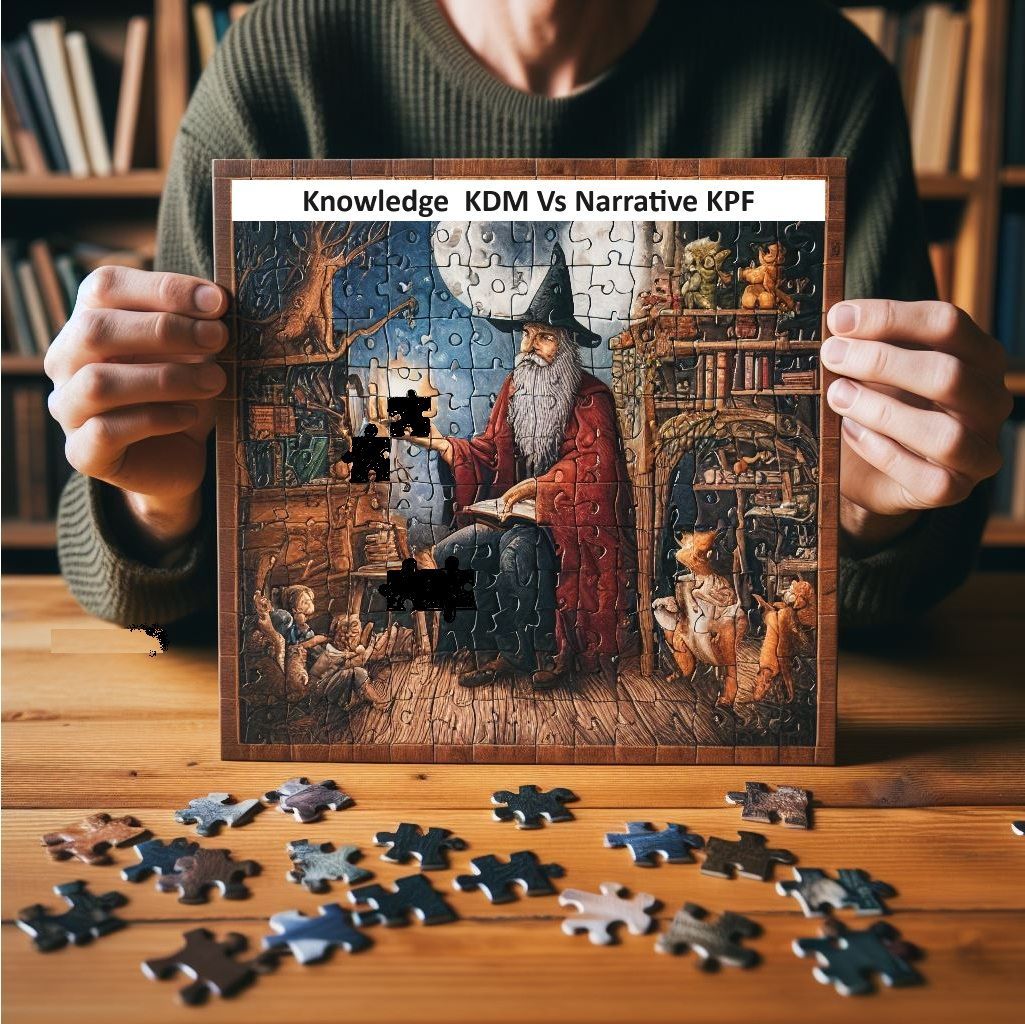Using the Knowledge Deficit Model to sell the benefits of the Narrative Policy Framework
Using the Knowledge Deficit Model to sell the benefits of the Narrative Policy Framework
When we want to persuade, or we are being persuaded, we are used to seeing the Knowledge Deficit Model (KDM) applied. This approach assumes that providing people with full information will lead them to change their minds - and that does work.
There is an alternate way – the Narrative Policy Framework (NPF) which is frequently proven to be more effective than KDM.
NPF is designed to help policymakers and advocates use narratives more effectively to communicate their messages. It was developed in the context of persuading the public to support government policies (the clue is in the name) but it has many applications when persuasion is your goal.
Stories can help to make complex issues more relatable and can evoke emotions that can influence people's decisions. Some important characteristics of NPF are:
- NPF identifies four key elements of a narrative: setting, characters, plot, and moral. These elements work together to create a message that resonates with the audience.
- NPF also recognizes the importance of congruence. A story is more likely to be persuasive if it is congruent with the audience's existing worldview.
- NPF can be used to change worldviews and behaviour. However, it is important to note that these are two separate tasks, and it is often difficult to do both at the same time.
- NPF emphasises the importance of empathy. In order to create effective narratives, it is essential to understand the point of view of the audience.
- NPF acknowledges that evidence can come in many forms, not just scientific data. Anecdotes and personal stories can also be persuasive.
- NPF divides evidence into five categories: scientific findings, statistics, polls, legal evidence, and ipso dictum (appeals to authority).
You might think, is that a bit obvious, stories are more persuasive than lists of facts? But it is very easy to slip into the mode of “if only they knew about X they would understand and act”. The next time your persuasive powers are failing you, step back and try creating the right story instead.
One last note. This post uses the KDM structure to persuade you to try NPF. The next one will sell NPF using an NPF structure. I’ll be interested to hear your feedback on the pros and cons of the two approaches.




